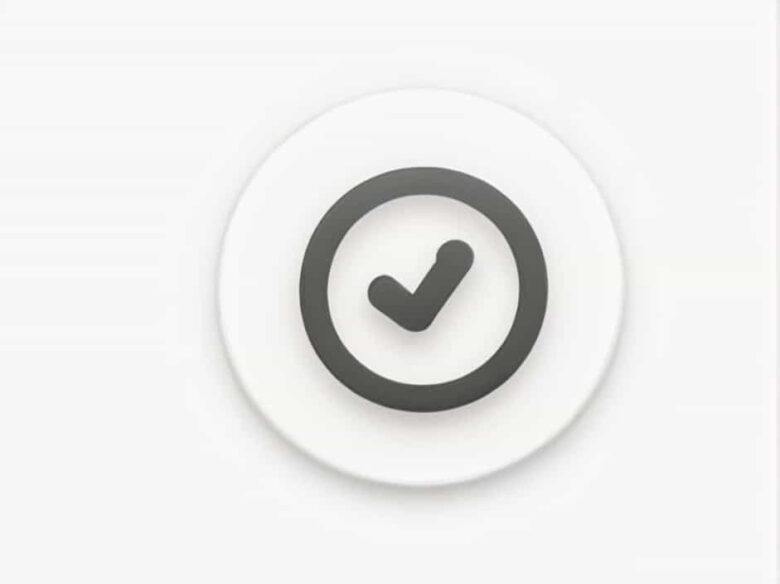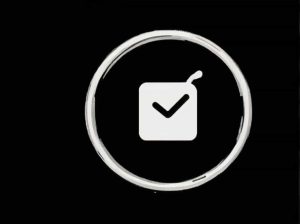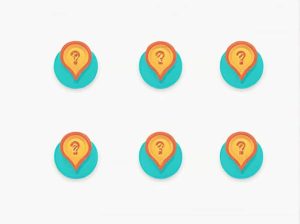‘Fill in the blanks’ exercises are an essential part of language learning, test preparation, and skill development. These exercises help students and professionals improve their vocabulary, grammar, and comprehension. Whether you are learning English, preparing for an exam, or practicing problem-solving skills, filling in the blanks correctly requires a good understanding of context, word meanings, and sentence structure.
we will explore different types of ‘fill in the blanks’ exercises, strategies to answer them correctly, and examples to practice.
Types of ‘Fill in the Blanks’ Exercises
There are various types of ‘fill in the blanks’ exercises, depending on the subject and purpose of the question. Here are some of the most common types:
1. Grammar-Based Fill in the Blanks
These exercises focus on testing grammatical knowledge, such as verb tenses, prepositions, conjunctions, and articles.
Example:
She ___ (go) to the market every Sunday.
Correct Answer: goes
2. Vocabulary-Based Fill in the Blanks
These exercises require the correct word based on meaning and context.
Example:
The scientist made an important ___ in the field of medicine.
Correct Answer: discovery
3. Contextual Fill in the Blanks
These exercises test comprehension by requiring words that make sense in the given context.
Example:
It was a cold and stormy night, so she wore a ___ to stay warm.
Correct Answer: coat
4. Math Fill in the Blanks
Mathematical problems sometimes use this format to test arithmetic and problem-solving skills.
Example:
5 + ___ = 12
Correct Answer: 7
5. General Knowledge Fill in the Blanks
These questions test knowledge of history, science, geography, or current events.
Example:
The capital of France is ___.
Correct Answer: Paris
Strategies to Fill in the Blanks Correctly
To improve accuracy in answering these exercises, follow these strategies:
1. Read the Entire Sentence Carefully
Understanding the full sentence helps determine the missing word based on context and grammar.
2. Identify Clues in the Sentence
Look for keywords that provide hints about the correct answer. Words like ‘yesterday’ or ‘next year’ can indicate the required verb tense.
3. Use the Process of Elimination
If multiple choices are available, eliminate incorrect options to find the best answer.
4. Check for Grammar Rules
Ensure that the chosen word fits grammatically. For example, singular subjects require singular verbs.
5. Read the Sentence Again After Filling the Blank
After inserting the answer, reread the sentence to ensure it makes sense.
Common Mistakes and How to Avoid Them
Even experienced learners can make mistakes in ‘fill in the blanks’ exercises. Here are some common errors and tips to avoid them:
1. Using the Wrong Verb Tense
Many learners struggle with verb tenses. Always check the time reference in the sentence.
Incorrect: She ___ (go) to school yesterday.
Incorrect Answer: goes
Correct Answer: went
2. Ignoring Subject-Verb Agreement
Singular subjects need singular verbs, while plural subjects require plural verbs.
Incorrect: The book ___ on the table.
Incorrect Answer: are
Correct Answer: is
3. Choosing a Word That Does Not Fit the Context
Words may have similar meanings but different uses. Always consider the context before selecting an answer.
Incorrect: She ___ a wonderful job at the event.
Incorrect Answer: make
Correct Answer: did
4. Not Understanding the Sentence Structure
Complex sentences require attention to conjunctions and prepositions.
Incorrect: He is interested ___ learning new things.
Incorrect Answer: on
Correct Answer: in
Practice Exercises
Try these exercises to test your skills:
Grammar-Based
- They ___ (be) happy to see their old friends.
- She ___ (not, finish) her homework yet.
Vocabulary-Based
- The ___ shone brightly in the sky. (Hint: related to weather)
- He gave an inspiring ___ at the conference. (Hint: public speaking)
Contextual-Based
- The baby was crying because he was ___. (Hint: needing food)
- She put on a ___ before stepping out into the rain. (Hint: waterproof clothing)
Math-Based
- 10 × ___ = 50
- The sum of 15 and 9 is ___.
General Knowledge-Based
- The Great Wall of China is located in ___.
- Water boils at ___ degrees Celsius.
‘Fill in the blanks’ exercises are a great way to improve language proficiency, problem-solving skills, and general knowledge. By practicing regularly and following the right strategies, anyone can master these exercises and enhance their learning experience.
Keep practicing and challenging yourself with different types of ‘fill in the blanks’ exercises to strengthen your skills and boost your confidence!



